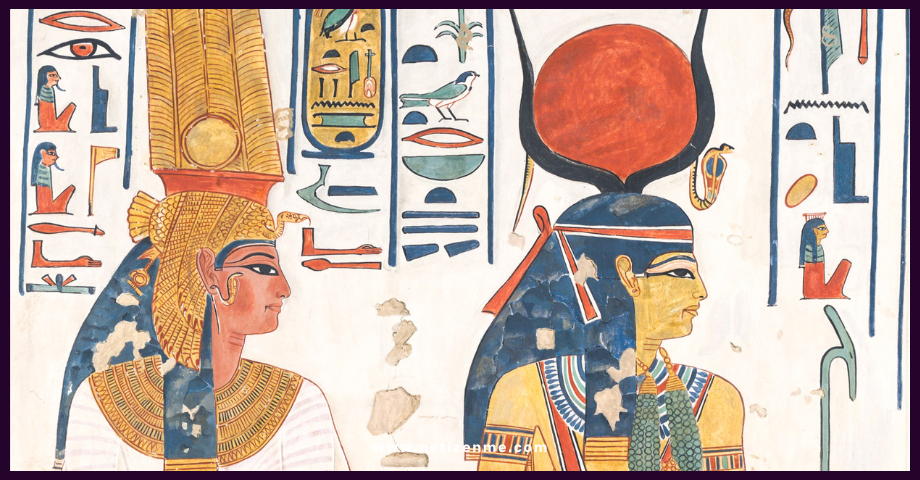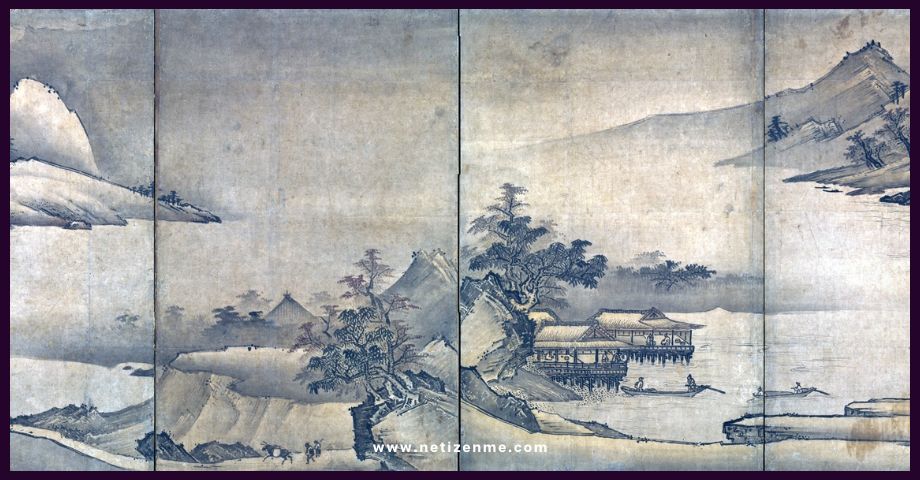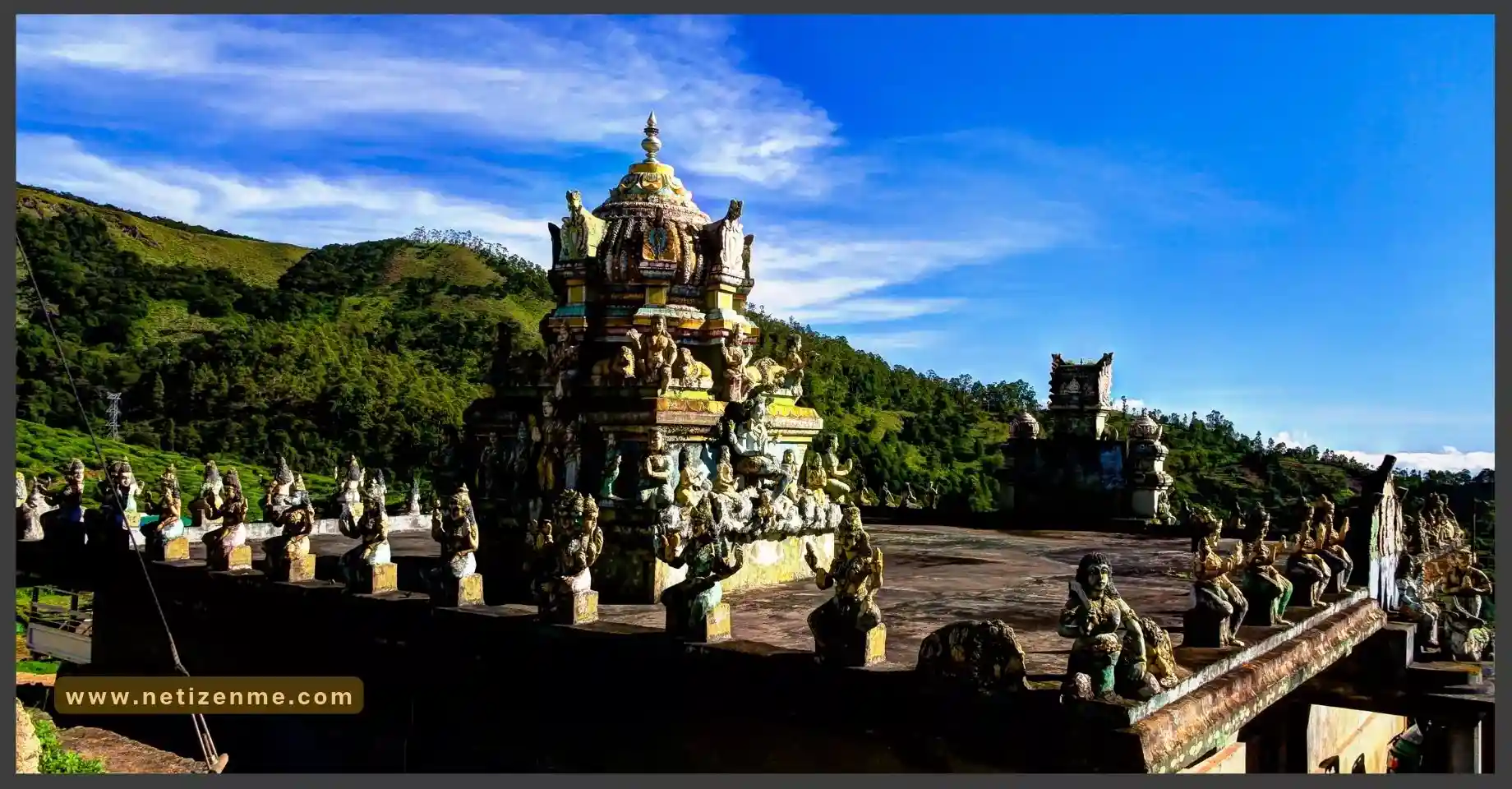
What role does Isis perform in the idea of the cyclical nature of life?
Isis is a goddess in ancient Egyptian mythology who plays a significant role in the idea of the cyclical nature of life. She is often depicted as a mother figure and is associated with birth, death, and rebirth cycles.
She is fertility. Isis is mother, the giver and sustainer of life. Osiris takes on the role of final judge in the soul’s journey to immortality.
Chapter Five – Myth & Ritual – World Mythology
Isis is known as the goddess of fertility and motherhood and is often associated with the cycles of nature, particularly the annual flooding of the Nile river, which brought life and fertility to the land. She is also associated with the moon, which goes through a cycle of phases and is closely tied to the cycles of life and death.
Isis in Egyptian mythology
In Egyptian mythology, Isis is the sister and wife of Osiris, the god of the afterlife. Osiris is killed by his brother Seth and dismembered, and Isis searches for the pieces of his body to bring him back to life. This story illustrates the idea of the cyclical nature of life, as Osiris is brought back to life and becomes the ruler of the afterlife. It also symbolizes the importance of death and rebirth, as well as the continuity of life and the eternal cycle of death and rebirth.
Isis is also linked to mummification and the body’s preservation after death, an important aspect of ancient Egyptian beliefs about the afterlife. Her role in the search for Osiris’ body and her ability to bring him back to life shows her power to revive, sustain life, and bring back the dead.
The cult of the dead and the rituals for the deceased
The goddess Isis also played a major role in the cult of the dead and the rituals for the deceased. She was considered a protector of the dead, and her image was often placed on funerary objects such as tomb paintings and amulets. Her role as a protector and her association with the afterlife and rebirth reinforced the idea of the cyclical nature of life.
In addition, the goddess Isis is also linked to the idea of transformation and metamorphosis. She is known for her ability to change form, often taking on the shape of a bird or a serpent, highlighting the idea of change and the continuity of life. This ability to change also symbolizes the idea of rebirth, renewal, and the cyclical nature of life.
Isis, the ancient Egyptian goddess of fertility and motherhood, plays a significant role in the idea of the cyclical nature of life. Her association with the cycles of nature, particularly the flooding of the Nile, the moon cycles, the protection of the dead, her role in Osiris’ resurrection, and her ability to change the form, all reflect the idea of the continuity of life, the importance of death and rebirth, and the eternal cycle of death and rebirth. She embodies the cyclical nature of life, and her cult and her stories were an important way for ancient Egyptians to understand and make sense of the world around them.
- Virtual Intercultural Teams Communication

- Innovations In Location-based Social Media

- Young Men’s Struggles Explored in BTS Music

This article is written by:
This article is written and edited by in-house writers and editors. Knowledge Netizen editorial team is committed to providing accurate and informative content. You can cite our articles under the author name "NetizenMe"






